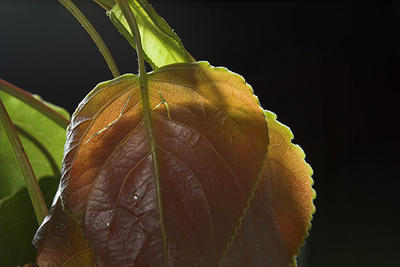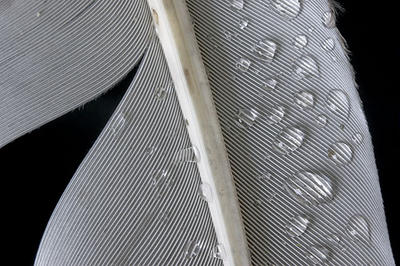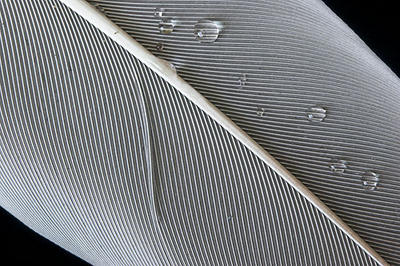 After a fine, mild spell, the weather's gone mental. Industrial grade rain; lightning and thunder; wind raging straight from the bowels of some Antarctic ice god—then sunshine, a warmth you can feel right through to your bones. Range upon range of clouds piled up down south or over the Ruahine; hard shadows cast by sunlight through a blue gap in the white and grey and black; a kahu1 wheeling, tiny against that vast sky... then the sun's gone and a bitter wind brings driving rain, drops the size of raspberries. Suddenly it stops. Just like that. Later it begins to drizzle.
After a fine, mild spell, the weather's gone mental. Industrial grade rain; lightning and thunder; wind raging straight from the bowels of some Antarctic ice god—then sunshine, a warmth you can feel right through to your bones. Range upon range of clouds piled up down south or over the Ruahine; hard shadows cast by sunlight through a blue gap in the white and grey and black; a kahu1 wheeling, tiny against that vast sky... then the sun's gone and a bitter wind brings driving rain, drops the size of raspberries. Suddenly it stops. Just like that. Later it begins to drizzle. Several times I decide to go for a walk, only to step out the door as rain begins. I step back inside and find something useful to do, or just enjoy the sound of the deluge on the iron roof. Eventually  I time it perfectly, albeit by accident. I leave the camera and binoculars at home, take nothing but my senses and thoughts down to the bridge, peer over the rough concrete railing at the flooded stream and wonder where the mallard and her 7 fluffy ducklings are. I check to see that the weathered twig is indeed still there, shimmying in the current; then walk back, stopping to pick up a kereru2 feather from the side of the road. The feather's speckled with tiny droplets, the remnants of a rain now gone. I take it home, trying to keep the droplets in place.
I time it perfectly, albeit by accident. I leave the camera and binoculars at home, take nothing but my senses and thoughts down to the bridge, peer over the rough concrete railing at the flooded stream and wonder where the mallard and her 7 fluffy ducklings are. I check to see that the weathered twig is indeed still there, shimmying in the current; then walk back, stopping to pick up a kereru2 feather from the side of the road. The feather's speckled with tiny droplets, the remnants of a rain now gone. I take it home, trying to keep the droplets in place.
Shul: “a mark that remains after that which made it has passed by.”3 The rain has passed by, leaving its mark as droplets on a feather which is a mark left by the bird that passed by. I pass by the footprints I made on the muddy driveway quarter of an hour ago, wondering whether everything's a shul in some sense, whether everything's a mark of its own past. I suppose that leads to those impossible arguments about determinism— whether you can reconcile the idea of free will with the assertion that, if every effect has a cause, everything I do is caused by something so any freedom I think I have is, in fact, an illusion.
whether you can reconcile the idea of free will with the assertion that, if every effect has a cause, everything I do is caused by something so any freedom I think I have is, in fact, an illusion.
However, as I walk back to the house, I'm not much interested in wrestling with deep philosophical questions. Anyway, it's probably a misinterpretation to consider raindrops a shul—raindrops are raindrops, and they haven't passed by yet. I'm more entranced by a found feather; the beaded remains of rain clinging to it; by detail, texture and light. And besides, it's beginning to rain.
1Circus approximans; the Australasian harrier.
2Hemiphaga novaeseelandiae; the NZ wood pigeon.
3 “'Emptiness' said the Tibetan philosopher Tsongkhapa, in 1397, 'is the track on which the centered person moves.' The word he uses for track is shul. This term is defined as 'an impression': a mark that remains after that which made it has passed by—a footprint, for example. In other contexts, shul is used to describe the scarred hollow in the ground where a house once stood, the channel worn through rock where a river runs in flood, the indentation in the grass where an animal slept last night. All these are shul: the impression of something that used to be there.” [from an article by Stephen Batchelor].
Photos and words copyright 2005 Pete McGregor
No comments:
Post a Comment